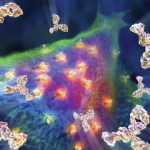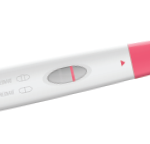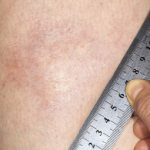This September marks the ACR’s fifth annual Rheumatic Disease Awareness Month (RDAM), which is designed to build support and advocate for patients with rheumatic diseases. This year’s theme, “My disease may be invisible, but I’m not,” emphasizes patients’ personal experiences…










